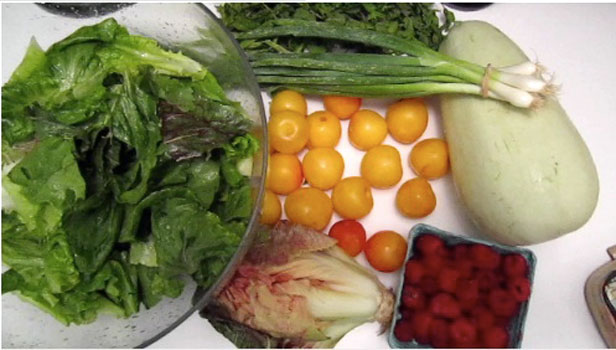 While we lament the final death rattle of climate legislation, it’s worth noting that something non-hideous emerged from the ignominious halls of Congress last week. Buried within the financial reform bill signed into law by President Obama, there’s a set of provisions that evidently limit excessive speculation in agricultural commodity markets.
While we lament the final death rattle of climate legislation, it’s worth noting that something non-hideous emerged from the ignominious halls of Congress last week. Buried within the financial reform bill signed into law by President Obama, there’s a set of provisions that evidently limit excessive speculation in agricultural commodity markets.
According to an analysis by the Minneapolis-based think tank Institute for Agriculture and Trade Policy, the new law will make it much more difficult for Wall Street to turn the globe’s food markets into a casino for investors.
The issue is critical. In 2008, the prices for basic foodstuffs like corn, wheat, and rice jumped. Across the globe, tens of millions suddenly couldn’t afford groceries. According to the FAO, the number of the world’s “undernourished persons” spiked from 873 million to over a billion.
Wall Street speculation, spurred by the government-mandated biofuel boom,* is what largely drove the surge in ag-commodity prices — and sentenced more than 100 million people to hunger. (Another effect was to cause a huge runup in agrichemical use — and a corresponding spike in the stock of fertilizer companies like Mosaic and seed/herbicide concerns like Monsanto.)
Fleeing the collapsed market in mortgage-backed securities and derivatives, investors scrambled to find the next bubblicious place to park their cash, and ag commodities looked like the perfect haven. Wall Street markets securities by selling “stories.” Recent examples will be familiar to anyone who has followed financial news over the past decade: the Internet created a “new economy” that overthrew the business cycle, meaning that tech stocks can rise indefinitely, and as “they’re not making any more land,” housing prices can climb perpetually. Or so it it is supposed to go.
To lure investors into ag commodities, the pitch went like this: The globe’s population is rising; arable land is finite and scarce; demand for meat is rising steadily in the developing world — and more meat means more land devoted to growing the grains to feed the animals; and — last but not least — European and U.S. programs are shifting more and more food crops into biofuel programs.
In short, food is going to become more and more valuable with time … so buy now!
And buy investors did, pushing food prices up higher than could be justified by fundamental factors, and pricing more than 100 million people out of food markets. In the July Harper’s, Fredrick Kaufman has a great piece ($ub. required) teasing out the mechanisms through which Wall Street turned the globe’s food supply into a slot machine. Let’s hope, following the IATP analysis, that this casino gets shut down.
*A quick note on the role of biofuels in the price surges. Analyses like Kaufman’s do not exonerate the role of government biofuel programs in the food-price runup. For one thing, ever-rising biofuel mandates were central to Wall Street’s “story” about why investors should plunge into commodities. (A World Bank analysis from 2008 explicitly made this point.) Second, the food bubble popped in 2009, squeezing most speculative cash out of the market, yet corn prices remain at roughly double their level of 2005 — representing the effect of diverting a huge portion of the corn crop into vehicle fuel.



